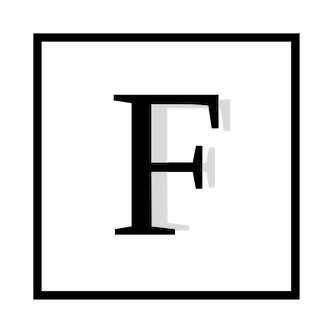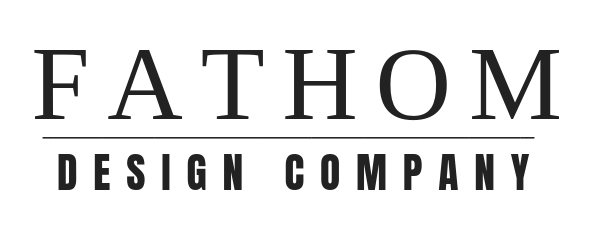
Designing for purpose: How commercial interior design affects business productivity and engagement:
Companies have a big feat ahead of them and some scary truths to face: it’s not all about money. More and more, people are seeking more out of work. What makes employees choose jobs and stay at jobs is changing. We are less about money and ore about experience and growth. We are about how comfortable and happy we are at the place we spend 8+ hours a day. Which is fair. That absolutely makes sense.
Employers who create an environment that inspires growth, productivity, and authenticity will retain talent. When people are happy companies run better. When employees are happy, they are engaged and productive. Boosting engagement and productivity comes mostly from the culture and the environment employers create and not tangible, numerical things like money and benefits. Highly engaged employees are on average 38% more productivite. That’s huge.
Employers who appeal to the idea of creating an environment that employees are happy spending 8+ hours a day in will ultimately win in the end with productive employees who are not constantly rotating out.
Whether it’s something that’s on the mind of executives or not, the design of an office space has a huge effect on the happiness, productivity, and retention of employees. It’s a subconscious thing that sneaks by but has a massive impact if harnessed.
So how can companies use design to boost productivity and engagement?
The current state of commercial design:
Before we get into the changes, let’s talk about the problems. Currently, when you think of office design, what do you think? The Office, perhaps? Corporate chic? Which consists of neutral tones and generic furniture and lack of natural light? Us as well. Our environment affects our mood and our energy levels. For some reason we have no problem understanding this when it comes to restaurants or bars. Offices are where we spend the vast majority of our days (for most people) and we seem to care the least about how their design affects our mindset.
What effective office design looks like for inspiring innovation:
Ok so we’re doing it wrong. But what’s right? Spaces should not only look nice but match the functionality. The space should support what it’s inhabitants are trying to achieve. For offices, this means spaces should enable collaboration, innovation, make everyone feel comfortable and welcome, and demonstrate to employees that their employer cares about their wellbeing.
Collaboration spaces:
Commercial office design should enable collaboration, not inhibit it. Right now, the average office space really inhibits the mixing of minds. We have cubicles and walls sectioning off different departments and employees from actually meeting face to face. We might as well all be remote. Privacy is important but you don’t want to make meeting face to face so rare that communication and working together become something that happens once or twice a month.
Excellent office design should include collaborative spaces that bring employees together. Some of the most innovative companies give their employees open meeting spaces with large walls that can be drawn on, open office seating that allows employees to work together, as well as tech friendly collaboration rooms. This can be done in a really beautiful, community-focused way that makes your company feel more like a team rather than a bunch of small offices.
Lighting:
Lighting is incredibly important. I think women know this more than men. I think we all know the long term effects of sitting under a fluorescent light all day long vs natural lighting. Lighting is hugely important for our mood and energy. Office design should include a decent amount of natural lighting and when there is placed lighting, it should be well thought out. Soft, warmer lighting helps spaces feel more inviting.
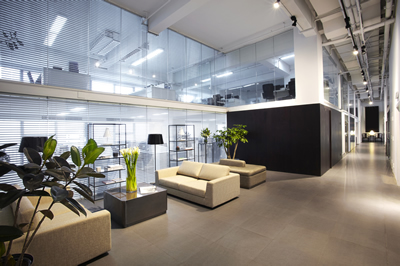
Egalitarian design:
Generations that are entering the workforce are not fans of the old way of structuring business with a lot of bureaucracy and management levels. The companies performing well are not structured like this as well. Business is agile, fast moving, and smart companies know that the best potential is at all levels of the company. The faster information, ideas, and solutions travel throughout company levels, the better. Interior design can be structured to support this.
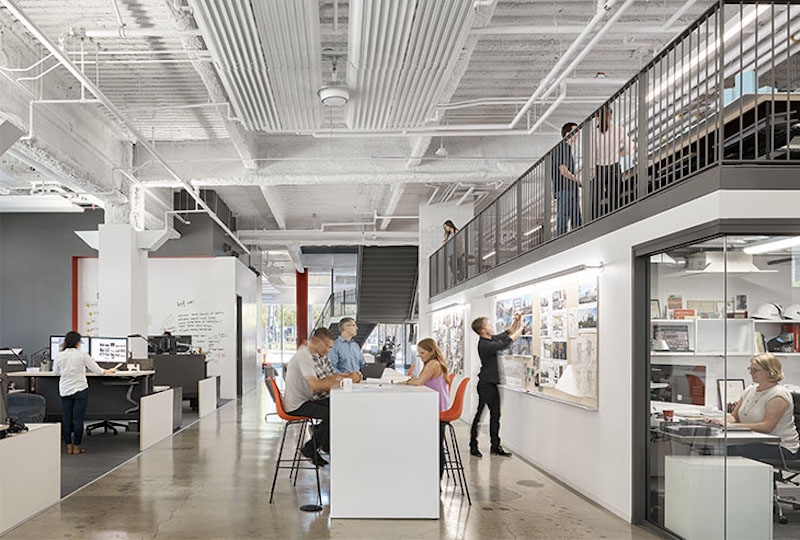
Some examples are transparent offices, optional open office spaces, common meeting grounds, etc. Having areas where employees mix and mingle with all levels helps support egalitarian style management and environment.
Employee perks in design (wellness, cafes, etc.):
Employees expect companies to care about their whole wellness. Companies can communicate this through their environment. Incorporating cafes, coffee shops, fitness centers, and child care facilities is a great way to attract talent and keep them for a long time. The strategic design and planning of these is an important part of making employees feel cared for and comfortable at their company.
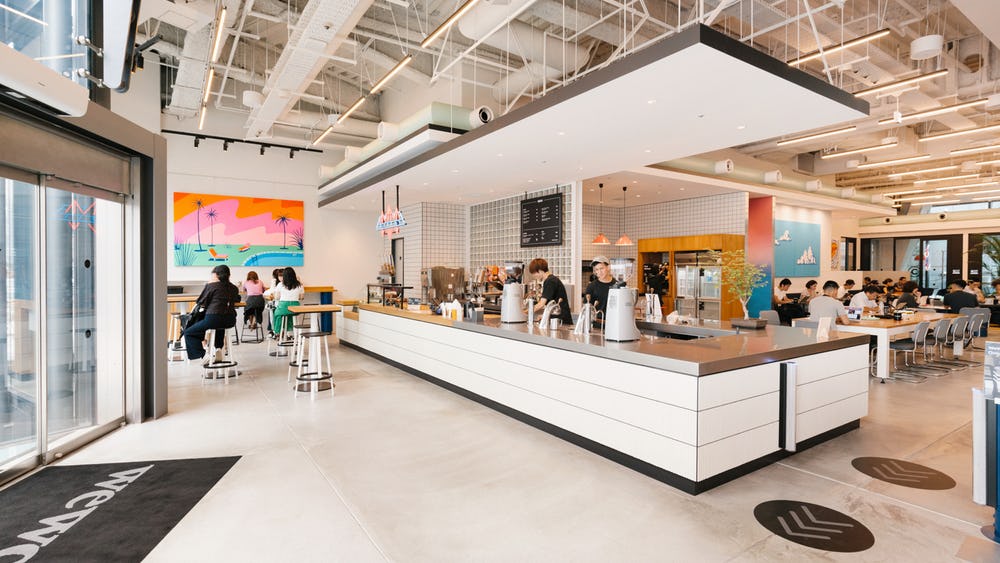
Companies doing an amazing job at innovative commercial design:
There are companies who absolutely nailed amazing commercial office design. We want to show you a few examples we think are excellent and why so you get a better idea of what we mean by effective commercial interior design.
Bumble:
Bumble really encompasses their digital brand as well as their female-focused mission in their commercial interior design. Their space is collaborative, slightly feminine, and inviting. It’s supportive message is splashed across walls and their brand colors are reinforced throughout.
Google:
Google is really the cornerstone of innovation and a company many other look towards for inspiring in organization and processes. Their design reflects this. They have changed and adopted more authentic, organic design and stock their offices with collaborative spaces and central meeting rooms with all the tools needed for collaboration.
Atlassian:
The new king of collaboration, Atlassian sets the tone for collaboration with their offices. They offer a super organic, clean design with elements of both group collaboration and privacy.
The Wing:
This female-focused co-working space supports their mission through their design. Their design is bold, feminine, and welcoming with plush fabrics and vibrant colors. It has an eclectic look that departs from traditional office design to create an environment that feels like home.

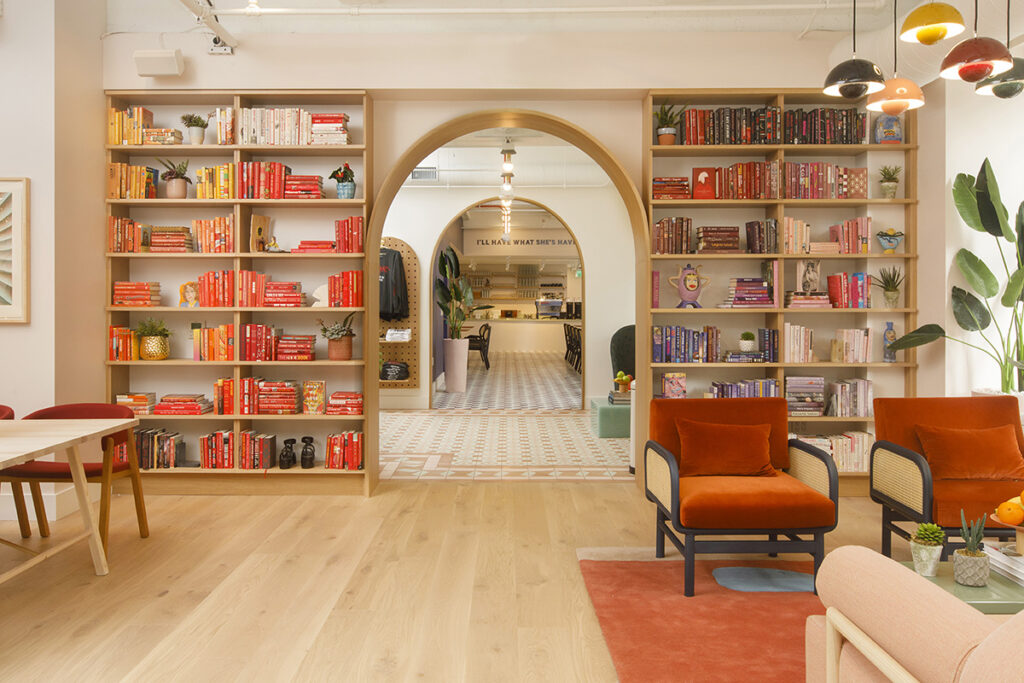
For companies who want to stay ahead of the curve and attract the talent that will keep them relevant and propelling forward, keep their environment up to date is hugely important. Working how your company wants employees to feel and perform at work into the design of their environment is vital to actually making it happen. At FATHOM, our focus is bringing in authenticity, functionality, and the values your company is built on into your design. Work with us for a stronger team and brand.
